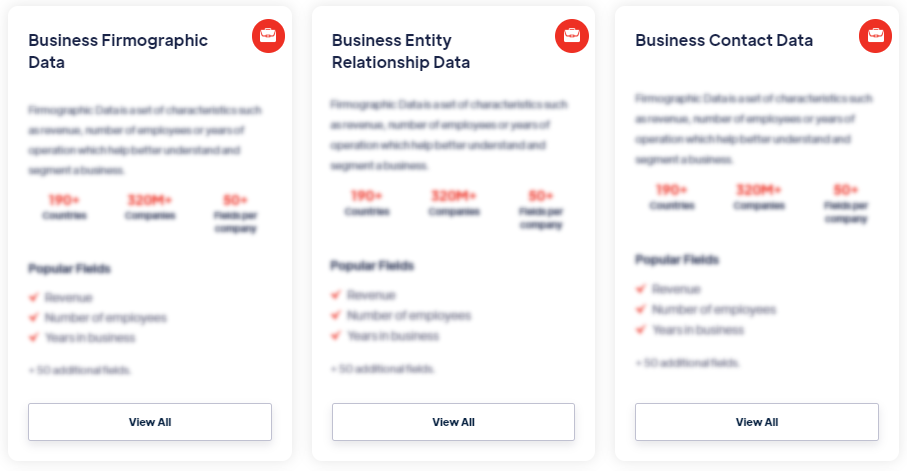Best
Oil Refinery Data
Products
Oil refinery data refers to information and statistics that provide insights into the refining processes and operations involved in converting crude oil into refined petroleum products. It includes data on refinery capacities, production volumes of various products (such as gasoline, diesel, jet fuel, and petrochemicals), feedstock types, refining technologies, energy consumption, emissions, and other performance indicators. Read more
Our Data Integrations


Request Data Sample for
Oil Refinery Data

Browse the Data Marketplace

Frequently Asked Questions
1. What is Oil Refinery Data?
Oil refinery
data refers to information and statistics that provide insights
into the refining processes and operations involved in
converting crude oil into refined petroleum products. It
includes data on refinery capacities, production volumes of
various products (such as gasoline, diesel, jet fuel, and
petrochemicals), feedstock types, refining technologies, energy
consumption, emissions, and other performance indicators.
2. How is Oil Refinery Data collected?
Oil
refinery data is collected from a variety of sources, including
refinery operators, industry associations, government agencies,
and energy research organizations. Data collection methods
include surveys, operational reports, emissions monitoring,
energy audits, and other measurement techniques. Collaboration
and data-sharing agreements between stakeholders contribute to
comprehensive and accurate oil refinery data collection.
3. What does Oil Refinery Data represent?
Oil refinery data represents the operational and performance
aspects of refineries, providing insights into their capacity,
efficiency, output, and environmental impact. It helps
stakeholders understand the production capabilities of
refineries, the composition of refined products, the quality of
feedstocks used, energy consumption patterns, emissions levels,
and overall refinery performance.
4. How is Oil Refinery Data used?
Oil
refinery data is used by a wide range of stakeholders, including
oil companies, energy analysts, government agencies,
researchers, and policymakers. It helps stakeholders analyze the
refining sector's capacity to meet demand for various
petroleum products, assess refining economics and profitability,
monitor energy efficiency and emissions, and inform policy
decisions related to refinery expansions, environmental
regulations, and energy transitions.
5. What are the benefits of Oil Refinery Data?
Oil refinery data provides valuable insights into the refining
industry, enabling stakeholders to monitor production trends,
identify market opportunities, optimize refining operations, and
evaluate environmental performance. It helps refine planning and
investment decisions, assess refining capacities, optimize
feedstock selection, improve energy efficiency, reduce
emissions, and support sustainable development in the refining
sector.
6. What are the challenges with Oil Refinery Data?
Oil refinery data faces challenges such as data accuracy and
consistency, limited transparency in some regions, and
variations in reporting practices. Refineries may have different
data collection and reporting systems, making it challenging to
compare and analyze data across facilities. Additionally, data
on energy consumption and emissions can be complex to measure
and report accurately, and ensuring data privacy and security is
crucial in handling sensitive refinery data.
7. How is Oil Refinery Data managed and shared?
Oil refinery data is managed by various entities, including
refinery operators, industry associations, and government
agencies. Data management involves collecting, validating,
storing, and analyzing refinery data. Sharing and dissemination
of data occur through industry reports, publications, databases,
and online platforms. Collaboration and data-sharing initiatives
foster transparency, facilitate benchmarking, and enable
stakeholders to access and utilize oil refinery data
effectively.
